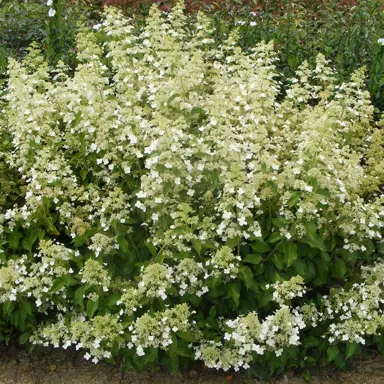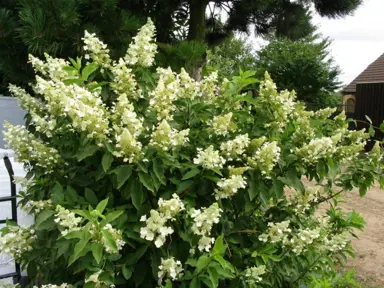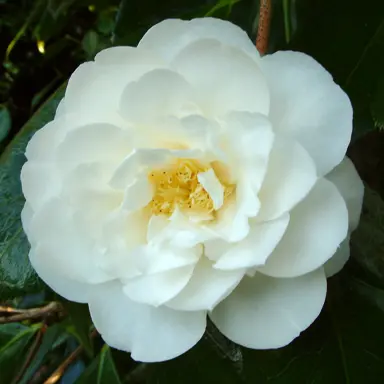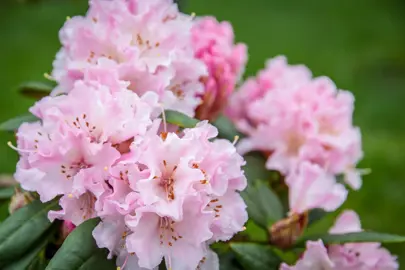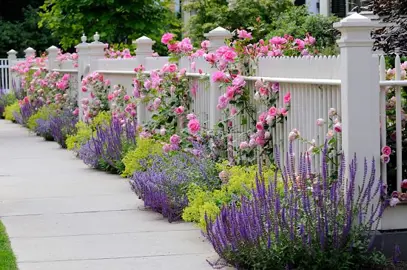Hydrangea 'Kyushu'
Hydrangea paniculata 'Kyushu' is an elegant variety known for its large conical clusters of white flowers that bloom from mid to late summer. The airy flower heads and strong branching give it a refined appearance, perfect for borders, hedges, or as a specimen plant in New Zealand gardens. 'Kyushu' thrives in full sun to part-shade and tolerates a range of soil types, making it one of the most adaptable paniculata hydrangeas. Its hardiness and graceful form make it a standout choice for lasting summer beauty.
